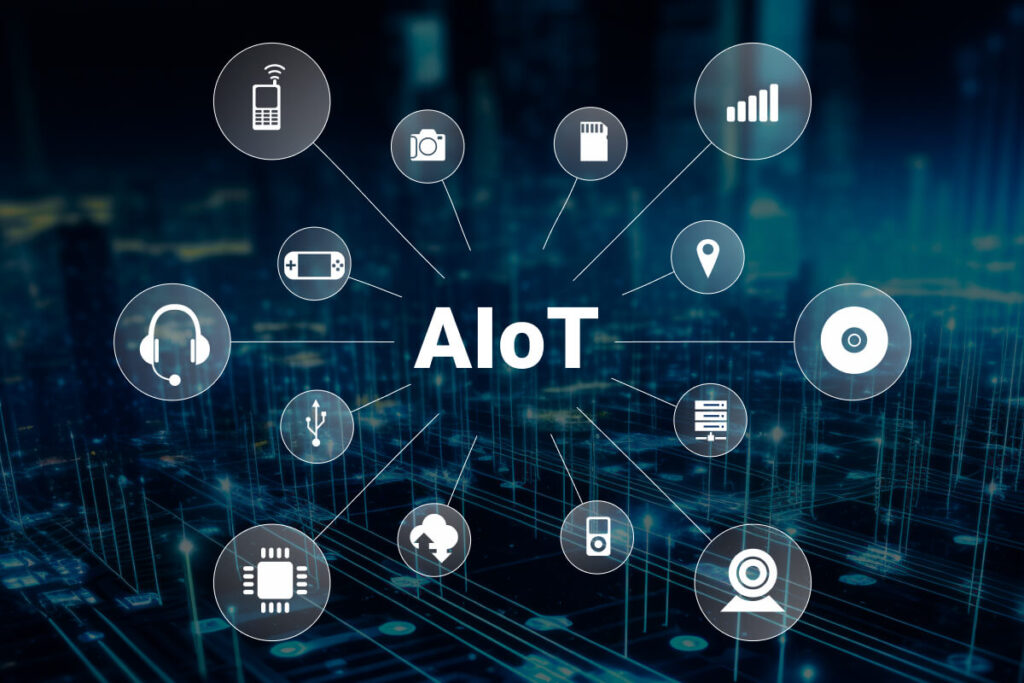Crypto Wallets of the Future: Integrating AI and IoT
The world of cryptocurrency is evolving rapidly, and so are the tools we use to manage it. Today’s crypto wallets do more than store Bitcoin or Ethereum—they are becoming intelligent platforms capable of analyzing market data, predicting trends, and even automating transactions. The integration of Artificial Intelligence (AI) and the Internet of Things (IoT) promises to turn crypto wallets into smart financial ecosystems, bridging the gap between everyday life and decentralized finance.
AI-Powered Wallets: Smarter Financial Management
Artificial intelligence can transform a crypto wallet from a simple storage tool into a personal financial assistant. Features may include:
- Automated Portfolio Rebalancing: AI algorithms can adjust asset allocations in real-time, reducing risk and maximizing returns.
- Predictive Market Analytics: Using machine learning, wallets can forecast potential market shifts and suggest actions for the user.
- Personalized Recommendations: AI can analyze spending patterns and investment behaviors to provide tailored strategies.
- Sentiment Analysis: Wallets could track social media and news trends to anticipate sudden crypto price movements.
IoT Integration: A Connected Crypto World
The Internet of Things enables devices to communicate with each other, and when integrated with crypto wallets, it can automate and simplify everyday financial tasks:
- Smart Payments: IoT devices can trigger automated payments, such as paying utility bills or subscription services when thresholds are met.
- Real-Time Asset Monitoring: Smart devices could track crypto balances, NFT ownership, and tokenized assets across multiple platforms.
- Seamless Device Interaction: From smartphones to wearables, IoT-enabled wallets allow users to manage assets directly from the devices they use daily.
Enhanced Security and Privacy
Security remains a critical concern in crypto management. AI and IoT integration can improve protection through:
- Biometric Authentication: Fingerprint, facial recognition, or voice verification for device access.
- AI-Driven Fraud Detection: Algorithms can detect suspicious activity in real time and alert the user instantly.
- Decentralized Storage and Multi-Signature Support: Combining AI and IoT with blockchain protocols can prevent single points of failure.
Practical Use Cases of AI + IoT Wallets
- Smart Homes & Payments: A smart fridge could automatically reorder groceries and pay with cryptocurrency when stocks run low.
- Automated Travel Bookings: Wearables could trigger hotel or flight payments when schedules and preferences are detected.
- NFT Management: Users could track and trade digital art or in-game assets through AI recommendations and IoT notifications.
Challenges and Considerations
While the potential is enormous, integrating AI and IoT into crypto wallets comes with challenges:
- Privacy Risks: IoT devices collect vast amounts of personal data, raising concerns about surveillance and misuse.
- Algorithm Reliability: AI predictions are not foolproof and could result in financial losses.
- Regulatory Uncertainty: Governments are still developing rules for AI-driven and IoT-based financial services.
- Energy Consumption: AI and IoT operations may increase energy use, creating environmental concerns for blockchain networks.
The Future Outlook
The combination of AI and IoT in crypto wallets is likely to redefine how we interact with money. Users will benefit from:
- Fully automated financial management.
- Real-time insights for smarter investment decisions.
- Integration of digital assets into daily life in ways previously unimaginable.
As blockchain technology, AI, and IoT continue to advance, crypto wallets will evolve into multi-functional platforms—not just for holding tokens, but as the central hub for managing all digital assets, investments, and connected devices.


